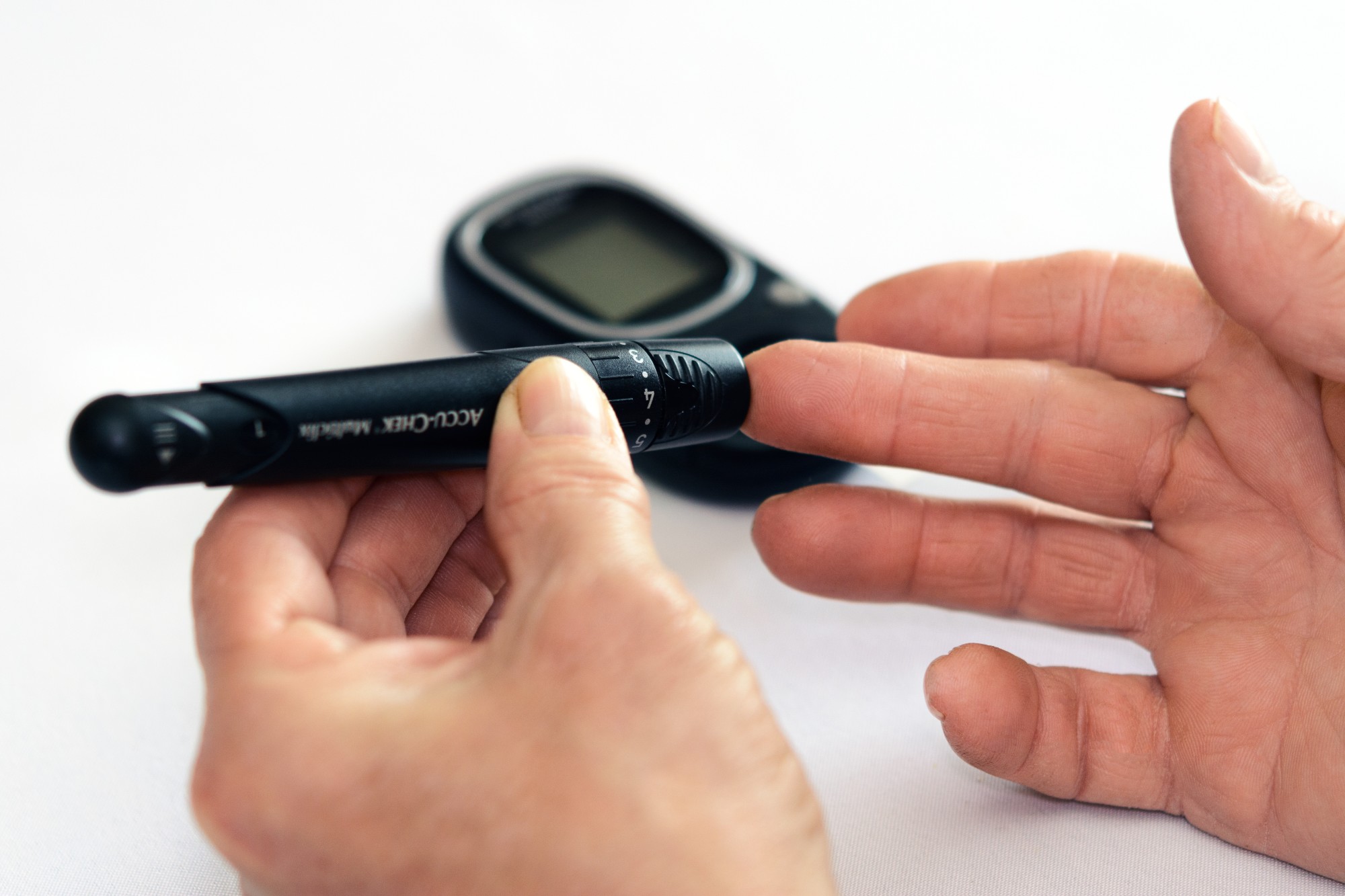
Everyone has been there. You’re trying to lose weight, but nothing you do is working. Every time you go on a diet, you lose a few pounds, but then it just comes right back. One thing that could affect weight loss is carbs.
One way to keep track of carbs is to use the glycemic index. This index is a way to keep track of how the carbs you eat affect your blood sugar.
Whether you’re trying to lose weight or need to keep track of your blood sugar because of a disease like diabetes, keep reading to learn all about the glycemic index and why it matters.
What Is the Glycemic Index?
In its simplest form, the glycemic index (GI) is a measure of how quickly and efficiently your body breaks down carbohydrates into glucose which raises your blood sugar.
It is a scale from 0 to 100 with higher GI foods raising your blood sugar very quickly. Different foods have different ratings depending on what kinds of carbs they contain. But what is a carbohydrate?
Carbohydrate vs. Saccharide
The term carbohydrate is widely used in many contexts, but it refers to any molecule that contains carbon, hydrogen, and oxygen, usually with twice as many hydrogen atoms as oxygen atoms.
The term saccharide, which comes from the Latin for sugar, finds the most use in biochemistry where it is a synonym of carbohydrate. However, saccharides are broken down into distinctions depending on how many atoms they contain.
Saccharides include sugars, starches, and cellulose. Monosaccharides are the building blocks of carbohydrates and consist of the same number of carbon atoms as oxygen atoms and twice as many hydrogen atoms.
The most common monosaccharides are glucose, fructose, and galactose. When two monosaccharides bond together, they form a disaccharide. Some common disaccharides are sucrose (table sugar), lactose, and maltose.
Together, monosaccharides and disaccharides are called sugars. If a chain of three to ten monosaccharides bonds together, it is called an oligosaccharide. Larger chains are called polysaccharides and include things like starch and cellulose.
When you eat foods with carbohydrates, your body breaks them down into smaller and smaller chains until they eventually end up as monosaccharides or other compounds. The longer the chain, the harder it is to break down.
Carbs in Your Body
Because longer chains of monosaccharides take longer to break down, foods with long chains will affect your blood glucose level more slowly than foods with smaller chains.
To find out which foods have which glycemic index, it can be helpful to consult a glycemic index chart. However, that is not the only factor that comes into play when determining the glycemic index of different foods.
Foods that are high in glucose have the highest glycemic index. In fact, pure glucose itself has the maximum value at 100.
Disaccharides that contain glucose, such as lactose and sucrose also have high values, but some of them also contain monosaccharides other than glucose.
The main sugar found in fruits is fructose which makes the glycemic index in fruit interesting. While it is a different monosaccharide from glucose, your body converts some percentage of fructose into glucose.
In addition, over time fruits ripen and start to degrade. This process increases the sugars in fruits, so riper fruits have a higher GI. This makes sense because riper fruits tend to taste sweeter when you eat them.
How Surface Area Affects GI
In addition to which saccharides a food contains, the way that your body absorbs those molecules is also important in determining the glycemic index. If a food has a large surface area, your body has more of a chance to absorb the sugars in it.
Porous foods like breads and cereals allow your body a more efficient way to process these sugars. Because the body breaks them down more quickly, these foods will have a higher GI.
Foods with a lower surface area or foods that have a lot of fats make it harder for your body to absorb the sugars. For this reason, fried foods tend to have a lower GI.
This means food preparation also affects the glycemic index of a food. Other methods of cooking, like baking and roasting, can break down large polysaccharides, making it easier for your body to break down further, resulting in a higher GI.
How Do You Use It?
Different foods can have different values on the glycemic index. A food with a value of 55 or less has a low glycemic index. A food with one between 56 and 69 has a moderate GI while one with a value of 70 or higher has a high glycemic index.
Foods are typically divided into different categories depending on their glycemic index. First, it is important to know whether your diet needs foods with a high GI or a low GI.
If you need foods with a high index, things like white bread or cereals would be a good choice. If, however, you need foods with a low index, things like fruits, whole grains, and legumes would be better choices.
Why Does It Matter?
Keeping track of the glycemic index of the foods you eat can be very important. Some people with diseases that affect blood glucose levels have to know very precisely what their blood sugar level is to avoid risking injury.
Blood sugar levels that are too high or too low can cause dizziness, headaches, or even loss of consciousness. It is important to consult a doctor when dealing with these issues.
The glycemic index can help to control your intake of glucose and other carbs that break down into glucose. In addition to these diseases, keeping track of the carbs you eat and the supplements you take can help you lose weight.
Next Steps
Are you ready to get started on the path to a healthier you? Click here to find a ChiroThin doctor in your area. Now that you know all about the glycemic index, feel free to do some more research on your own to find out how it affects you.
If you enjoyed this article, please leave a reply or check out some of our other great articles about health and weight loss!
